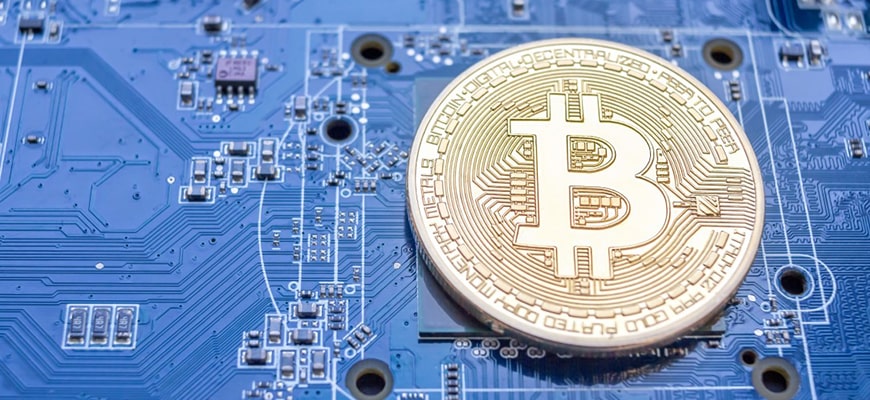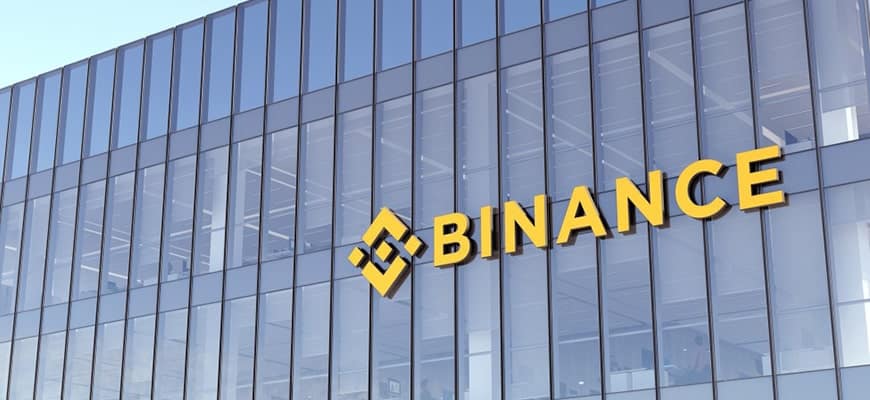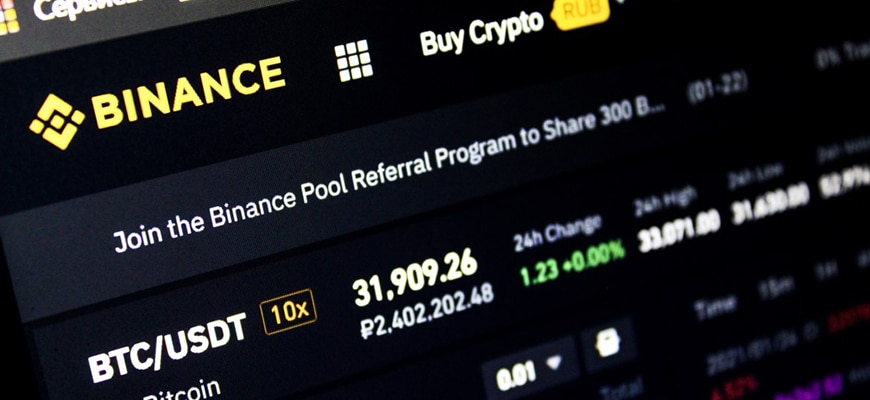x86-virtual-machine is a system that allows Qtum developers to write smart contracts in the language of their choice.
What is x86-virtual-machine?
The Qtum team created the x86 Virtual Machine (VM) in order to write smart contracts in different programming languages. The x86 VM is very similar to the existing Ethereum VM, but some notable improvements have been added:
In the Ethereum VM, all smartcontracts are created in Solidity and concatenated into bytecode executable on the EVM. In the Qtum VM, developers have the ability to create smart contracts in any language that the JIT compiler supports, including C++, Java, Python and others commonly used in application development. This gives dApp developers much more flexibility in terms of developing smart contracts.
Qtum VM supports x86 registers and memory operations using a unified 16-bit instruction coding scheme, which allows for lower transaction fees in common cases compared to Ethereum VMs. This will allow developers to perform more transactions per transaction and increase the throughput of the Qtum blockchain.
What is Qtum?
Qtum is an open source blockchain project designed to combine the stability of Bitcoin with the flexibility of Ethereum. Qtum was developed by Qtum Foundation, a Singapore-based company led by Patrick Day, Neil Mahy and Jordan Earls, in 2016. Mainnet was launched in 2017.
The protocol is a combination of Bitcoin Core, proof-of-concept consensus and the Ethereum Virtual Machine (EVM). It allows smart contracts to be executed on a proof-of-stake consensus mechanism. It uses less energy than the proof-of-work consensus mechanism and reduces the risk of centralisation.
The DGP in Qtum gives the node operators certain rights to make decisions about updates. Before updates can be made to the blockchain, node operators must reach a consensus. This prevents the network from being destabilised by bugs or hacks and gives users clear guidance on how to track updates.
There are other crypto projects that seek to achieve the same goals as Qtum. Bitcoin’s UTXO (unspent transaction withdrawal) model makes the platform unique. Qtum is a platform that creates smart contracts and decentralised applications that can be used in enterprise environments.








